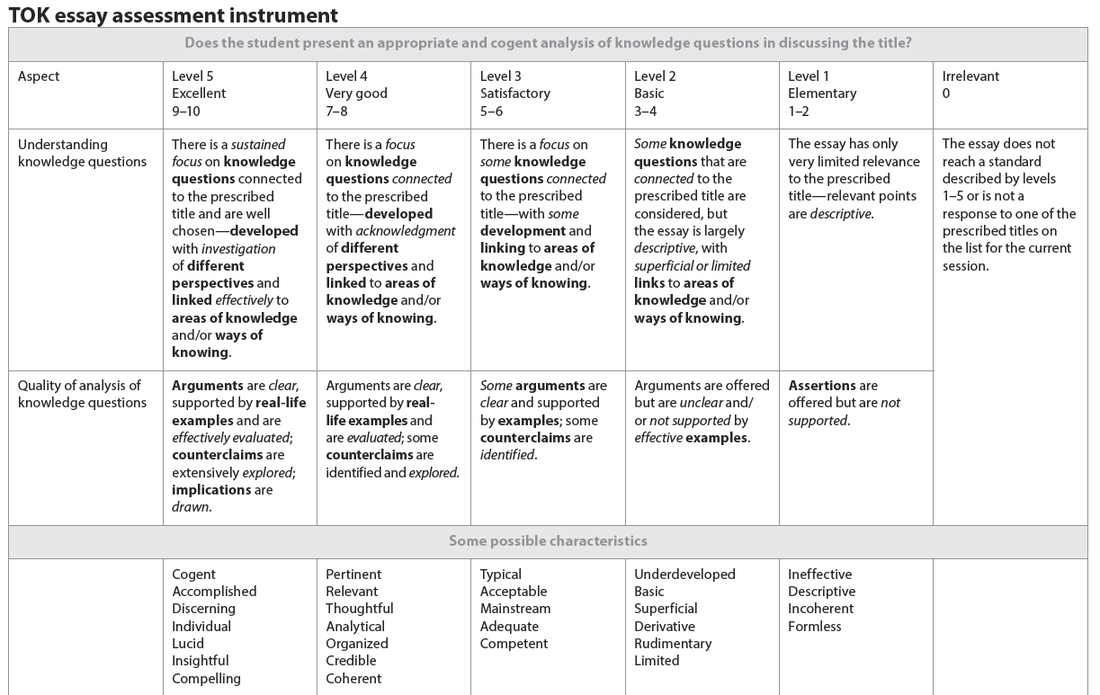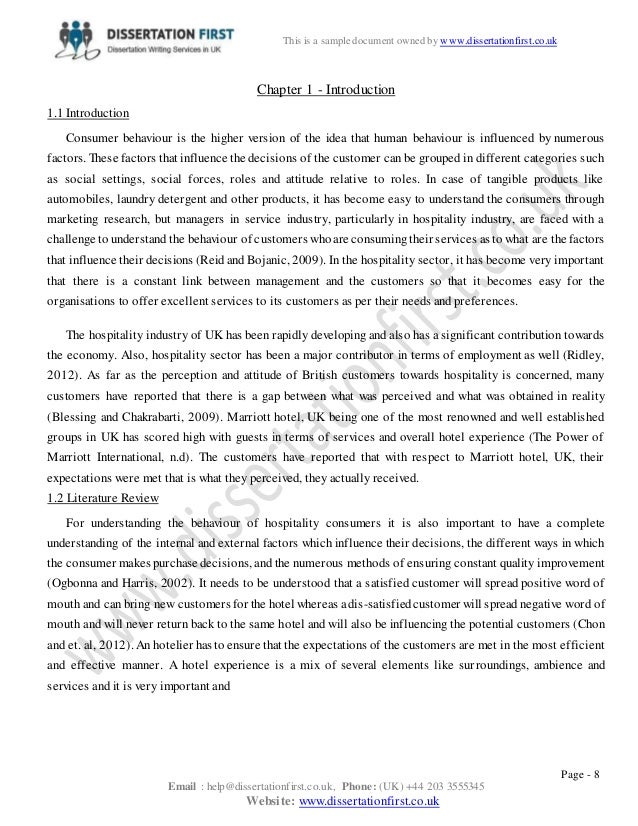Alternation of Generations - Biology Encyclopedia - cells.
Essay on Meiosis: A Type Of Sexual Reproduction - Meiosis is a type of sexual reproduction that equally divides chromosomes between to new cells. The end results of the process are four haploid daughter cells produced from a diploid parent cell. Diploid is defined as a complete set of chromosomes in a cell. Meiosis requires two cycles of.
The diploid nuclei of blastospores can undergo meiosis, including recombination, to form haploid basidiospores that can be dispersed. The basic diploid number is 48, while some are tetraploid with 96, and others hexaploid with 144 and octaploid with 192 chromosomes.

The life cycle of plants has both a multicellular haploid and multicellular diploid phase. Because both phases of the life cycle are multicellular, this type of life cycle is an alternation of generations. In contrast, animal life cycles have a multicellular diploid phase and a unicellular haploid phase.

Diploid cells are the most numerous cells in all living things - plants and animals. In this lesson, you will learn why they're important for life to continue and how they keep future cells healthy.

The cells in primary culture generally have two sets of chromosomes. Normal diploid cells then reach contact inhibition and stop growing until they are detached by protease treatment and subcultured. For human diploid cell cultures, the growth rate declines after about 50 duplications. Semi-continuous cell cultures are established by.

Many seriousness require the proof of intention or recklessness on the part of defendant, and in criminal proceedings, the court or Jury must decide whether the accused has the intention or the ability to foresee the result of his actions by reference to all circumstances of the case. Thus, 'in.

Let’s start by investigating how haploid cells fit into the life cycle of animals, including humans. The cells of an animal’s body normally contain two copies of each chromosome. This is a condition known as diploid. In humans, the diploid number of chromosomes is 46. In other words, we have 23 pairs of chromosomes, or 46 total. Too many or.

Essay Meiosis: A First Step. Meiosis is the process in which a diploid cell is divided into 4 haploid cells. Meiosis is separated into two parts meiosis I and meiosis II. In meiosis I, the first step is interphase and in this phase DNA is replicated. For example, in the diagram the DNA of big A, small a, big B, small b will all be replicated.

Most eukaryotes have diploid somatic cells, but produce haploid gametes (eggs and sperm) by meiosis. A monoploid has only one set of chromosomes, and the term is usually only applied to cells or organisms that are normally diploid. Male bees and other Hymenoptera, for example, are monoploid. Unlike animals, plants and multicellular algae have.

Cell Reproduction Introduction Cellular reproduction is the process by which cells duplicate their contents and then divide to yield two cells with similar, if not duplicate contents. Life as we know it depends on the ability of cells to store, retrieve and translate the genetic instructions required to make and maintain a living organism.

Example essay on compare and contrast the processes of mitosis and meiosis will inspire you. Find out more about compare the process of mitosis and meiosis.

What are the Different Religious Approaches to Human Cloning? Essay Sample. Biomedical sciences have made not only important advances for mankind, in addition, their research and experimentation have brought about heated debates touching on what “we” hold dear, and that is: our humanity.

Spores are haploid reproductive cells. Remember, a sporophyte is a diploid organism, so in order to produce haploid cells with half the number of chromosomes, meiosis must occur. Meiosis is a type of cell division that cuts the number of chromosomes in a cell in half.



